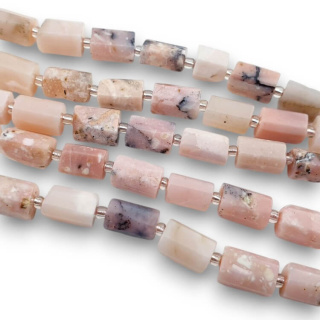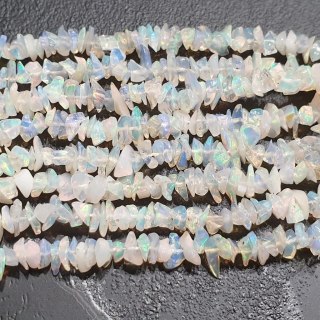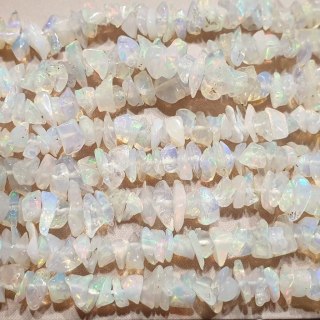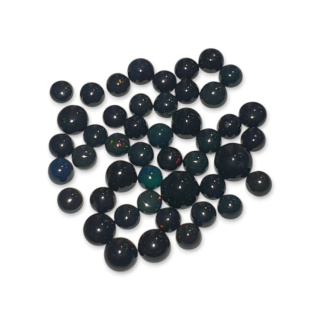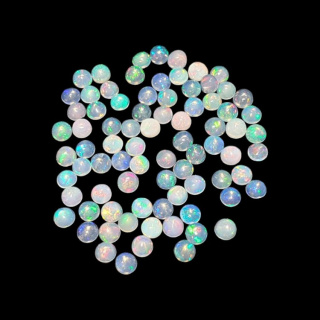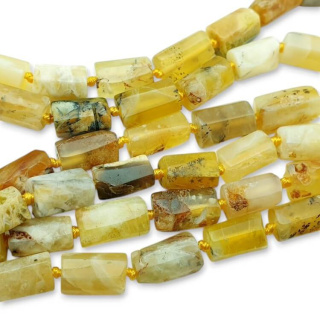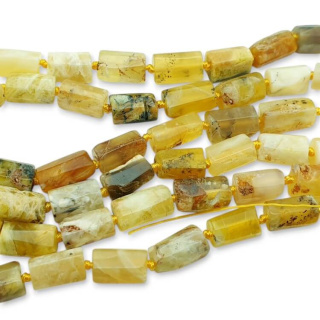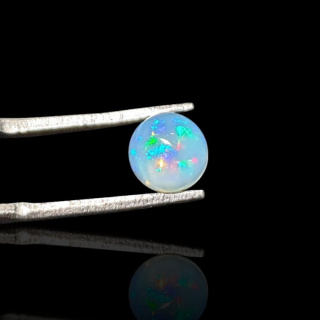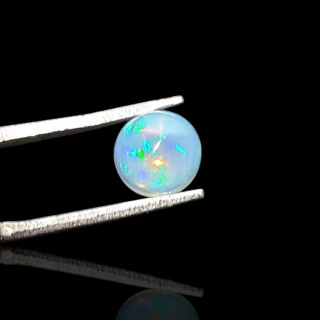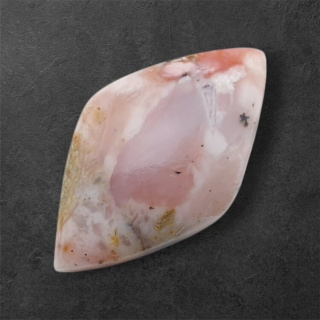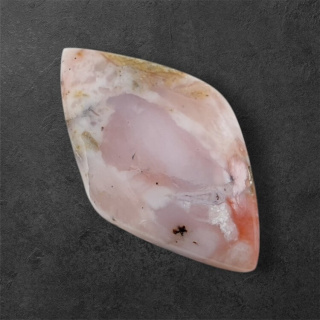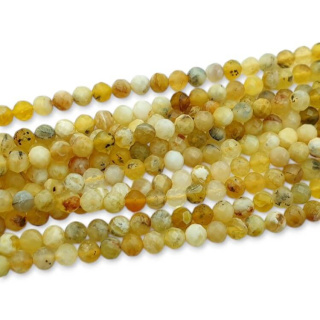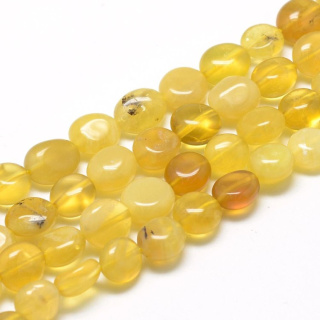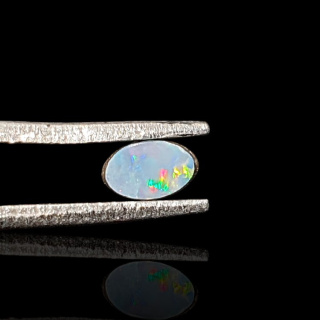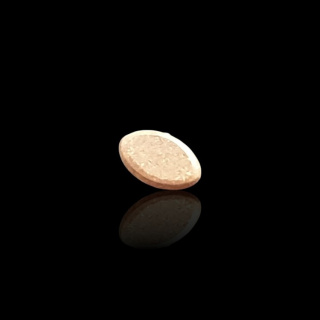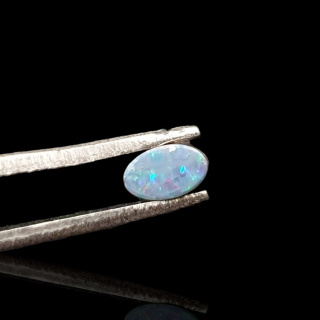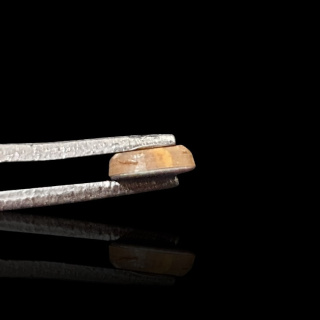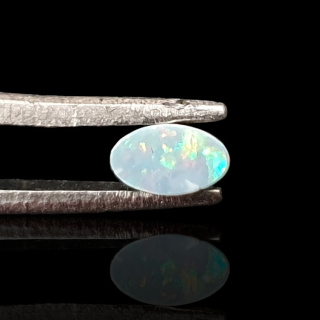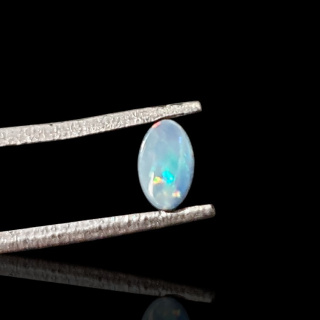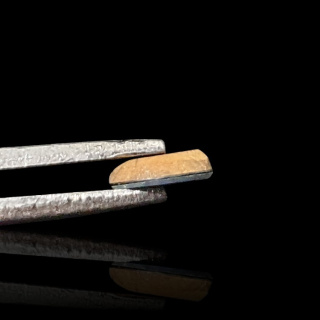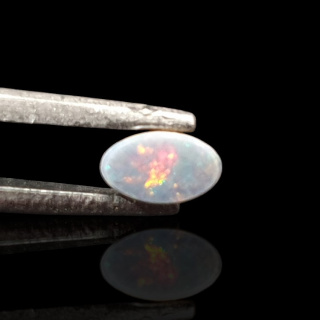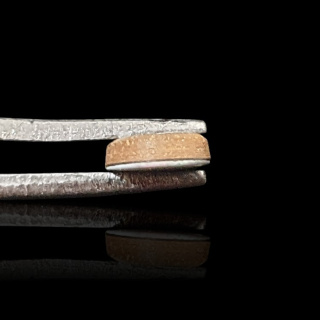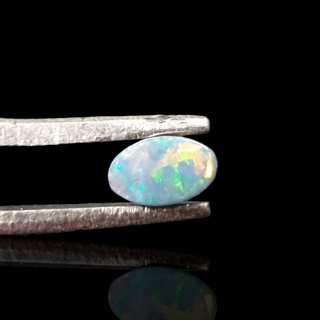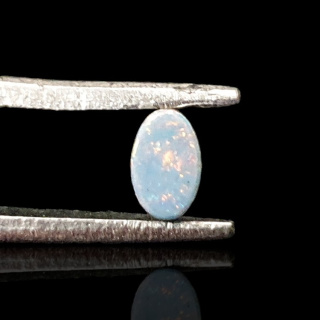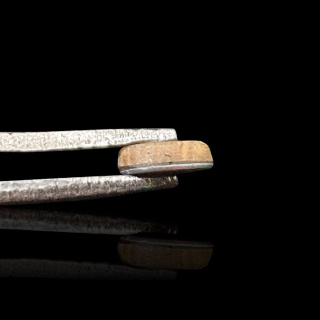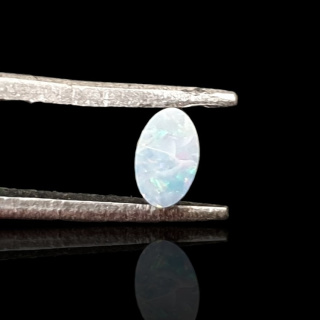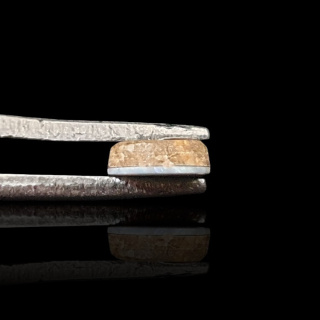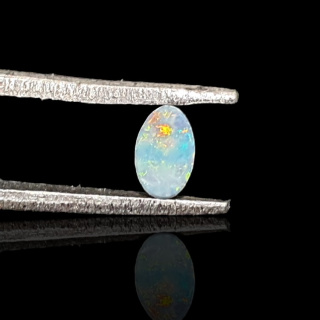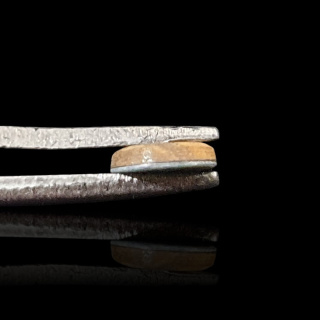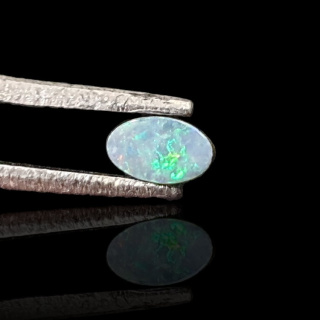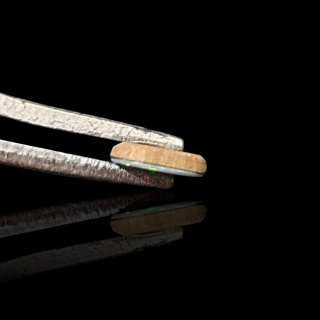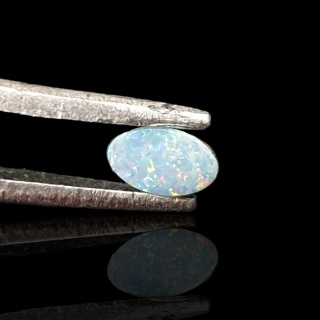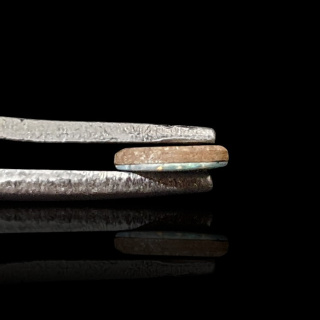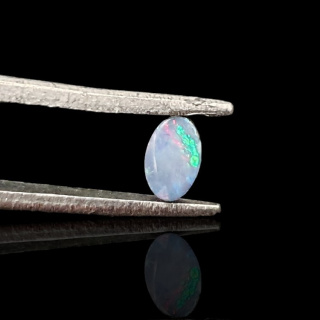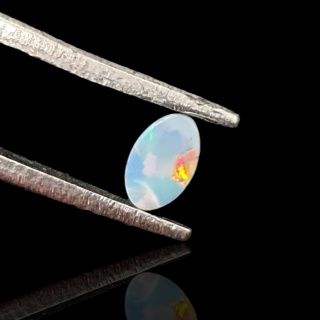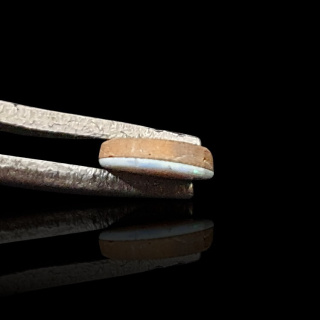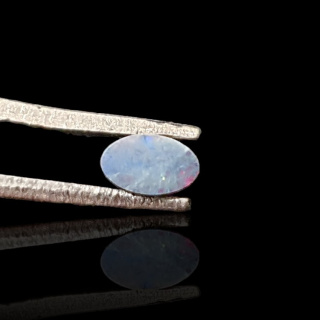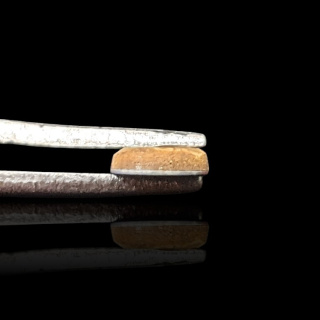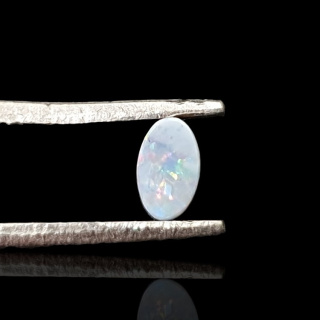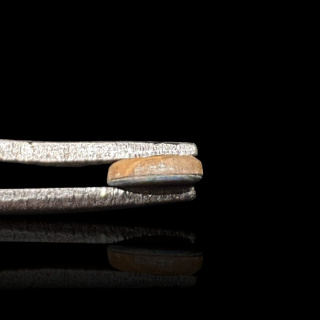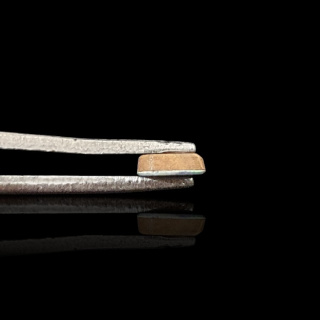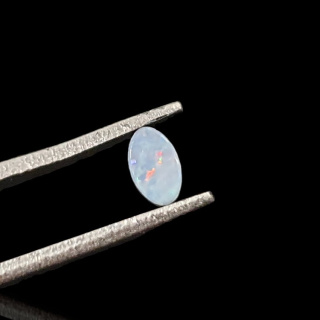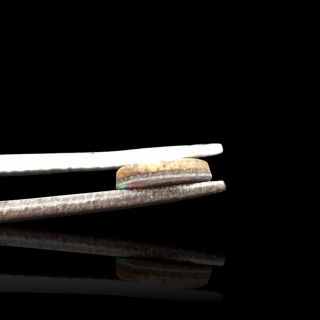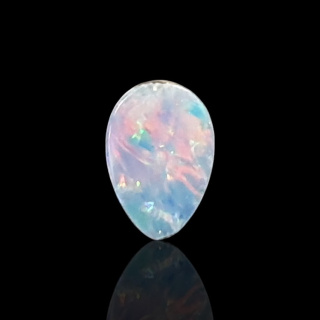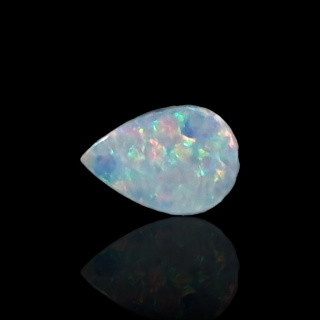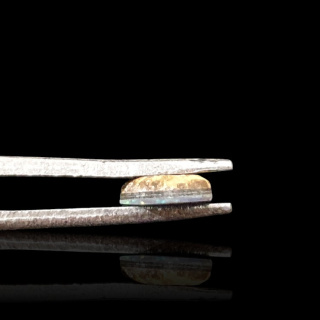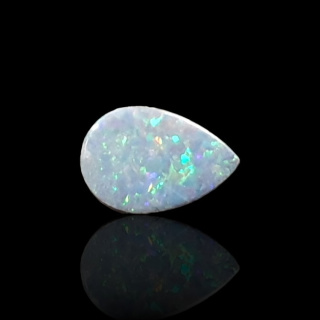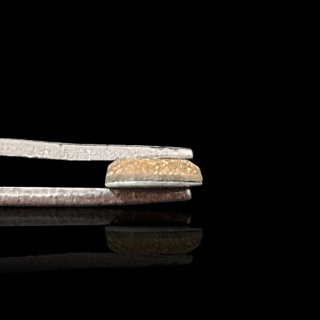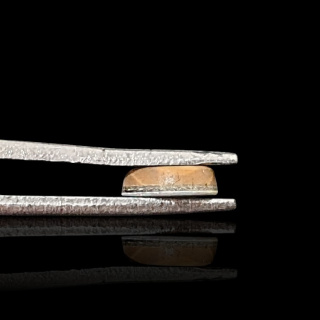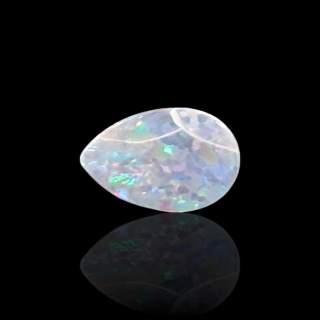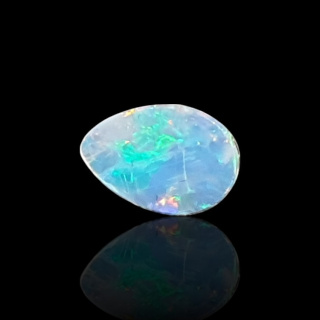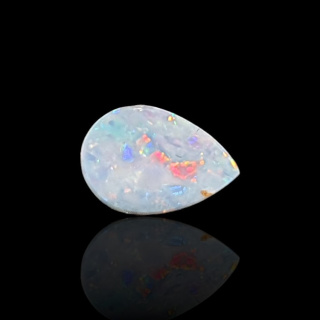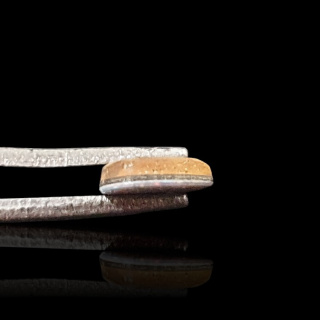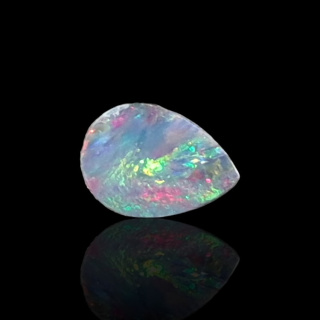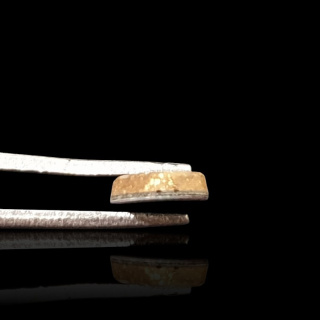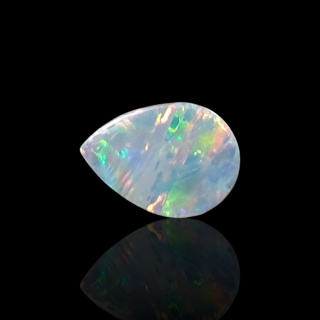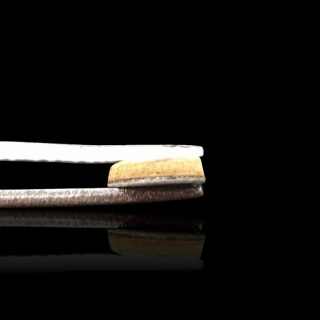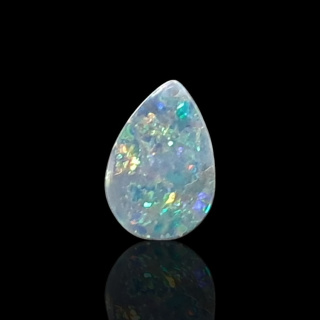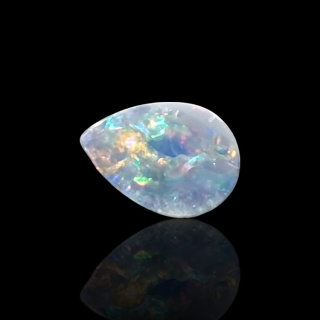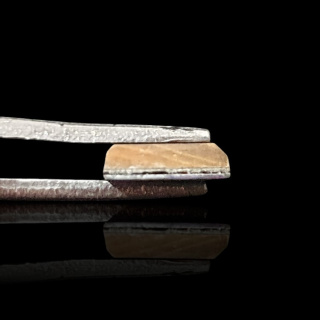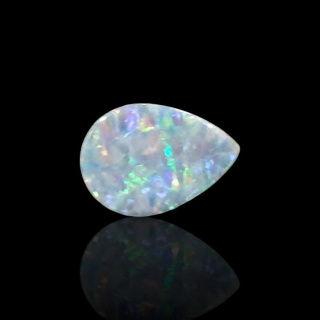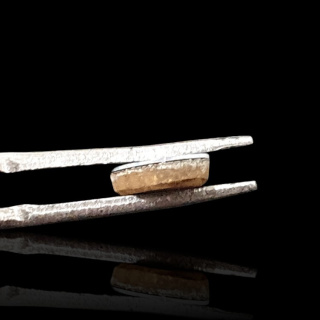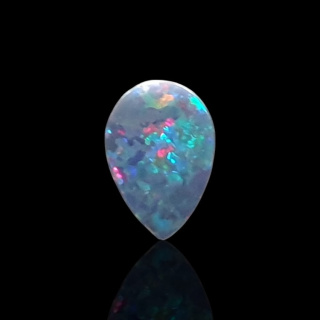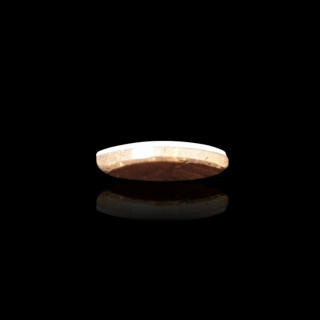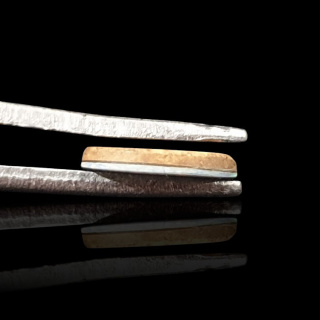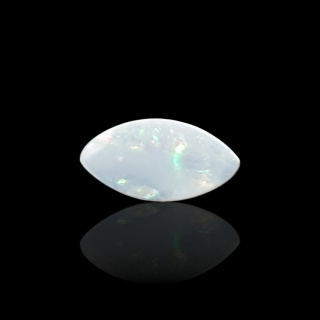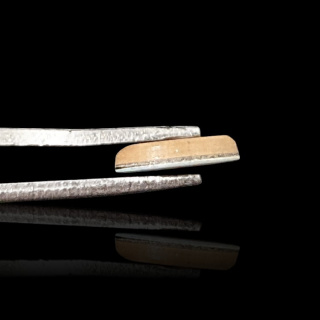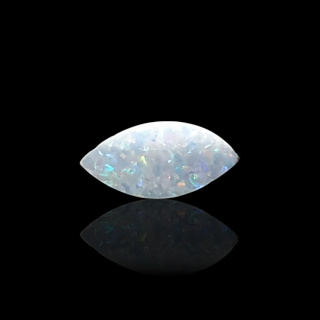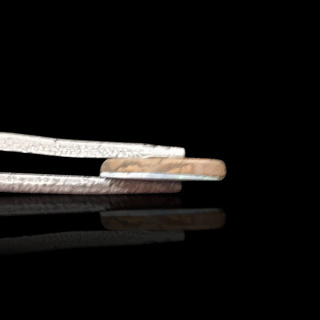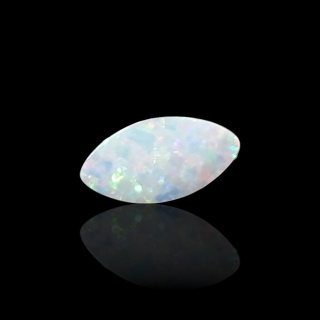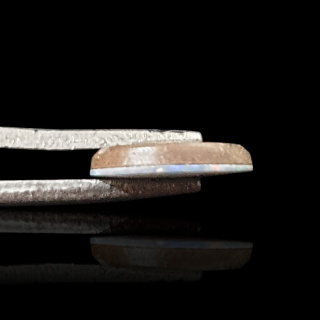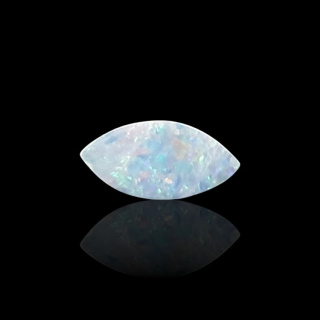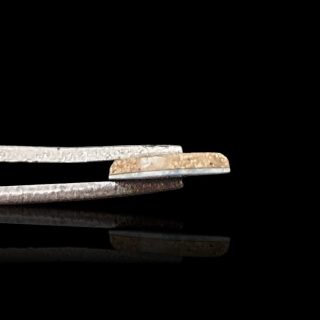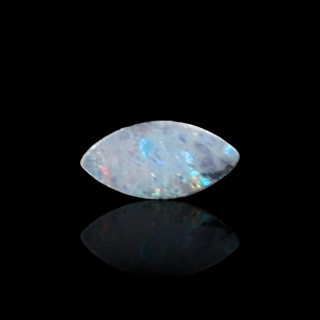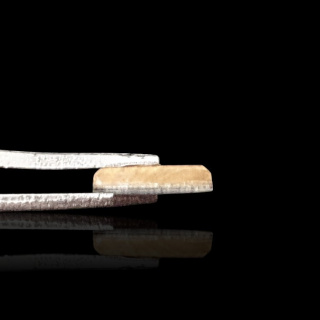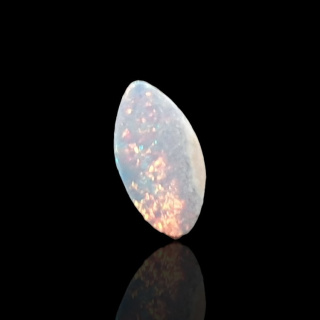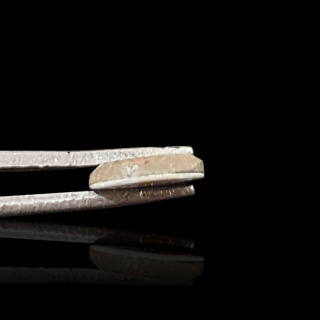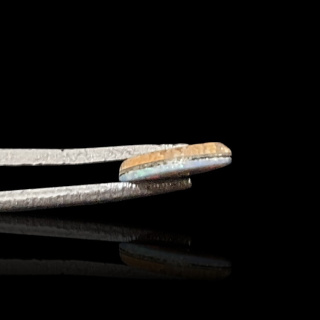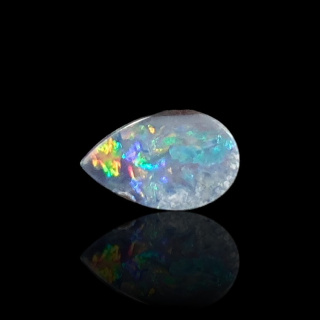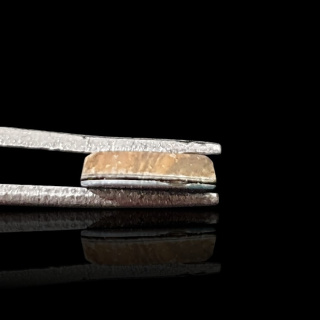Opal - a family of precious stones
Number of products : 697Opal is the most well-known natural photonic crystal. Some varieties of opal exhibit characteristic optical phenomena: opalescence, opalescence, cat's eye effect, asterism.
Due to the presence or absence of optical effects, opals are divided into: precious opals and common opals (semi-precious).
Opal is characterized by a multitude of colors and varieties, of which precious opal is the most popular in jewelry.
Opal - A mysterious gemstone with unique visual qualities
Opal is one of the most fascinating discoveries in the world of gemstones. Its unique characteristics and beauty make it one of the most sought-after stones by collectors and jewelry enthusiasts. If you want to learn more about opal, we invite you to read this article.
Opal is a mineral from the silicate group. It is characterized by a unique microcrystalline structure, which causes the stone to exhibit opalescence, i.e., shimmering and changing colors depending on the angle of view. It is this unusual property that gives opal its characteristic charm.
A brief history of opals
Where does the name “opal” come from? The name “opal” comes from the Latin word ‘opalus’ and the Old Indian word “upala,” which means “stone of beauty.” This name perfectly captures the magic and uniqueness of this stone.
Opal has a long history dating back thousands of years. The first traces of opal use date back to ancient times, when it was valued by the ancient Romans, Greeks, and Egyptians. Many peoples considered it a stone full of power and mysterious properties. Opal was considered a symbol of fidelity and hope, as well as a protective stone against evil spirits.
Where do opals come from? Each mining area has its own unique characteristics, and opals from different locations can vary in color, clarity, and other properties.
How is natural opal formed?
Opal is formed by geological processes involving water. It is formed when water penetrates rock and leaves behind gels or silica encrustations. As the water evaporates, the silica settles in the empty spaces, forming three-dimensional microcrystalline structures that are responsible for the opalescence effect.
What does natural opal look like?
Characteristics, visual qualities, shape and color Opal is extremely diverse in appearance and characteristics. It can occur in various shapes and sizes, both as single stones and in the form of cabochons. Its uniqueness lies in its opalescence, which causes the stone to shimmer in different colors, such as blue, green, red, yellow, and purple. Opal also often has distinctive patterns, such as spots, streaks, or eyes.
Opal has many magical properties attributed to it. It was believed to bring good luck, inspiration and creativity. It was also believed to have protective powers and to increase intuition. Opal was valued as a stone of harmony and balance.
What are the uses of natural opal?
Opal is widely used in jewelry and jewelry making. These stones are used to make rings, earrings, necklaces, and other unique pieces of handmade jewelry. In addition, due to its magical properties, opal is often used in meditation and therapeutic practices.
What affects the price of an opal stone?
The price of an opal stone depends on many factors. The most important ones include the quality of the stone, its weight, clarity, color, opalescence, and the rarity of the variety. The better the characteristics and the greater the uniqueness, the higher the price.
What types of opals are there?
Opal types can be divided into several categories depending on their characteristics and origin. We distinguish between precious opals (Australian, Ethiopian), white, black, fire, milk and dendritic opals. Each of these types has its own unique properties and appearance.
- Ethiopian opal - This is a type of opal originating in Ethiopia. Ethiopian opal is characterized by intense colors, including gold, red, green, and blue. It often occurs in the form of gemstones with beautiful patterns and light effects, such as opalescence and iridescence.
- fire opal - This is a variety of opal characterized by intense red, orange, and yellow hues. The name “fire” comes from its fiery appearance, which can evoke associations with burning fire. This type of opal is prized for its vivid colors and opalescence. Fire opals are most commonly found in Australia and Ethiopia.
- Green opal - This is a variety of opal that displays predominantly green hues. It can have different shades of green, such as light green, bottle green, emerald green, or yellow-green. Green opal often exhibits a shimmering and iridescent effect, adding to its unique charm.
- Blue opal - This is a type of opal that has a dominant blue color. It can have different shades of blue, such as light blue, turquoise, blue-violet, or blue-green. Blue opal is valued for its elegant colors and opalescence effect.
- Dendritic opal - This is a variety of opal that contains characteristic dendritic inclusions. Dendrites are patterns resembling plants or branches that are formed by the incrustation of minerals inside the opal. Dendritic opal often displays a combination of different colors, and the dendrites give it a unique pattern.
![[{[item.product.name]}]]([{[item.product.photo.url]}] 75w)







